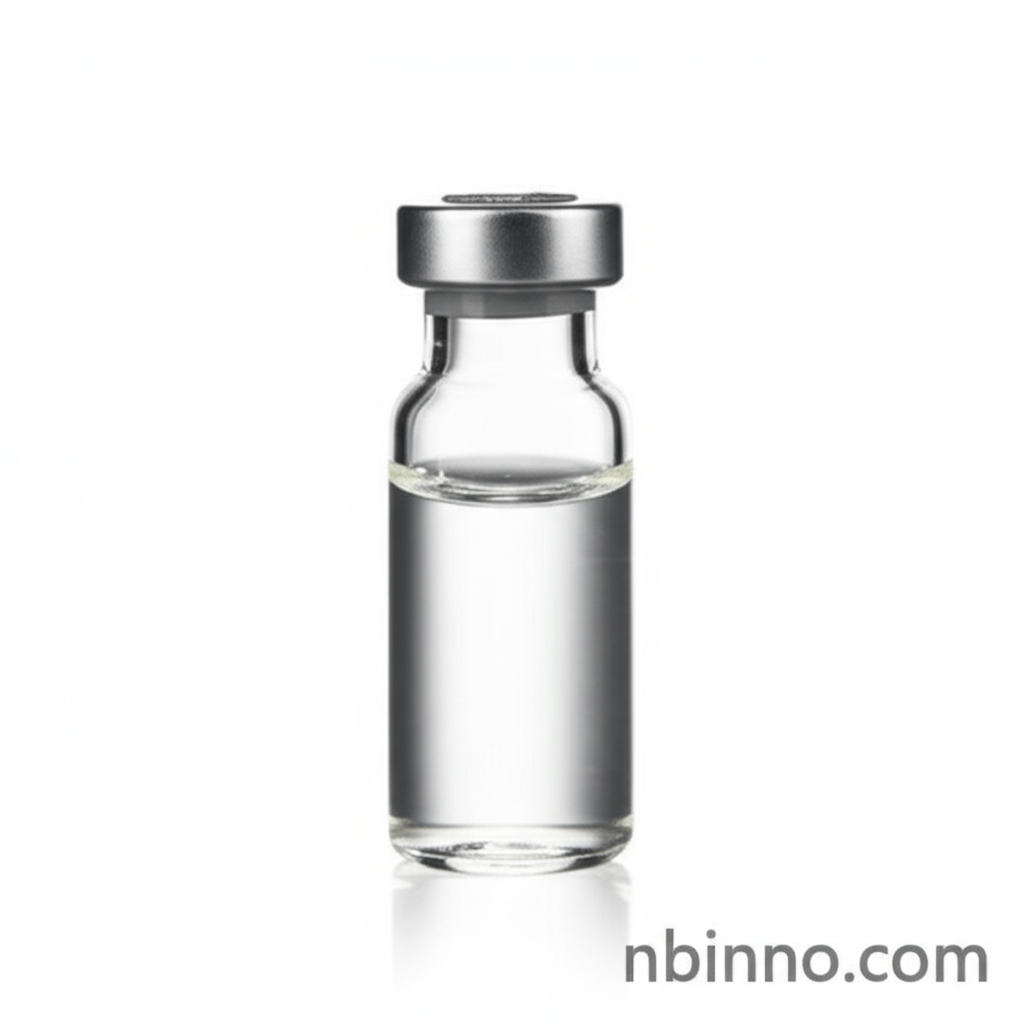2-(Trimethylsilyl)ethoxymethyl Chloride: A Crucial Pharmaceutical Intermediate
Discover the essential role of 2-(Trimethylsilyl)ethoxymethyl Chloride in the synthesis of advanced pharmaceuticals, including Ruxolitinib.
Get a Quote & SampleProduct Core Value

2-(Trimethylsilyl)ethoxymethyl Chloride
This chemical compound, identified by CAS No. 76513-69-4, is a vital pharmaceutical intermediate extensively utilized in the synthesis of active pharmaceutical ingredients (APIs). Its primary significance lies in its role as a precursor for Ruxolitinib, a critical medication used in treating myelofibrosis and polycythemia vera. The compound's precise chemical structure and reactivity make it indispensable for complex organic synthesis pathways.
- Leveraging its role as a key pharmaceutical intermediate, 2-(trimethylsilyl)ethoxymethyl chloride facilitates the intricate synthesis of Ruxolitinib, a vital drug for treating myelofibrosis and polycythemia vera.
- The synthesis process of Ruxolitinib heavily relies on this intermediate, highlighting its importance in modern pharmaceutical manufacturing.
- With the CAS number 76513-69-4, this chemical compound is recognized globally for its application in chemical medicine, contributing to the development of life-saving therapies.
- As a crucial component in pharmaceutical intermediate manufacturing, SEM-CHLORIDE enables efficient production of vital APIs, ensuring consistent supply for patient needs.
Key Advantages and Applications
High Purity for Pharmaceutical Use
Ensuring high purity levels is paramount for pharmaceutical intermediate manufacturing, and 2-(trimethylsilyl)ethoxymethyl chloride meets these stringent requirements, critical for API synthesis.
Critical Role in Ruxolitinib Production
The application of 2-(trimethylsilyl)ethoxymethyl chloride in the synthesis process of Ruxolitinib underscores its strategic importance in the pharmaceutical supply chain.
Versatile Chemical Intermediate
Beyond its primary use in Ruxolitinib synthesis, SEM-CHLORIDE serves as a versatile building block in various organic synthesis pathways for the chemical medicine sector.
Key Applications
Pharmaceutical Synthesis
As a critical pharmaceutical intermediate, its precise structure is key to building complex molecules like Ruxolitinib, vital for treating serious medical conditions.
API Manufacturing
Essential for the efficient and scalable manufacturing of Active Pharmaceutical Ingredients (APIs), ensuring the availability of crucial medications.
Chemical Medicine Development
The compound's utility extends to broader chemical medicine development, serving as a foundational element in the creation of novel therapeutic agents.
Organic Synthesis Research
In organic synthesis research, 2-(trimethylsilyl)ethoxymethyl chloride offers unique reactivity, enabling the exploration of new synthetic routes and molecular designs.
